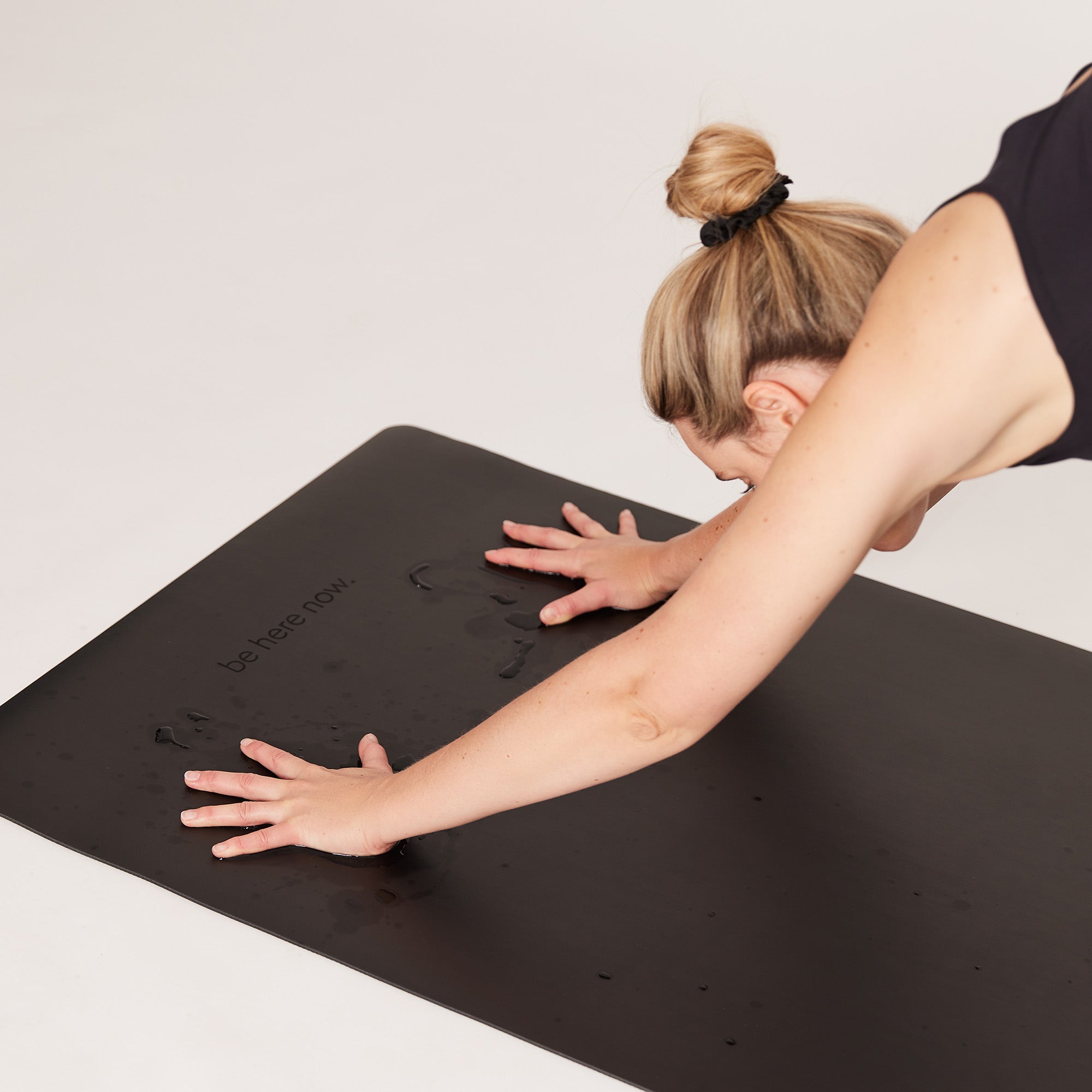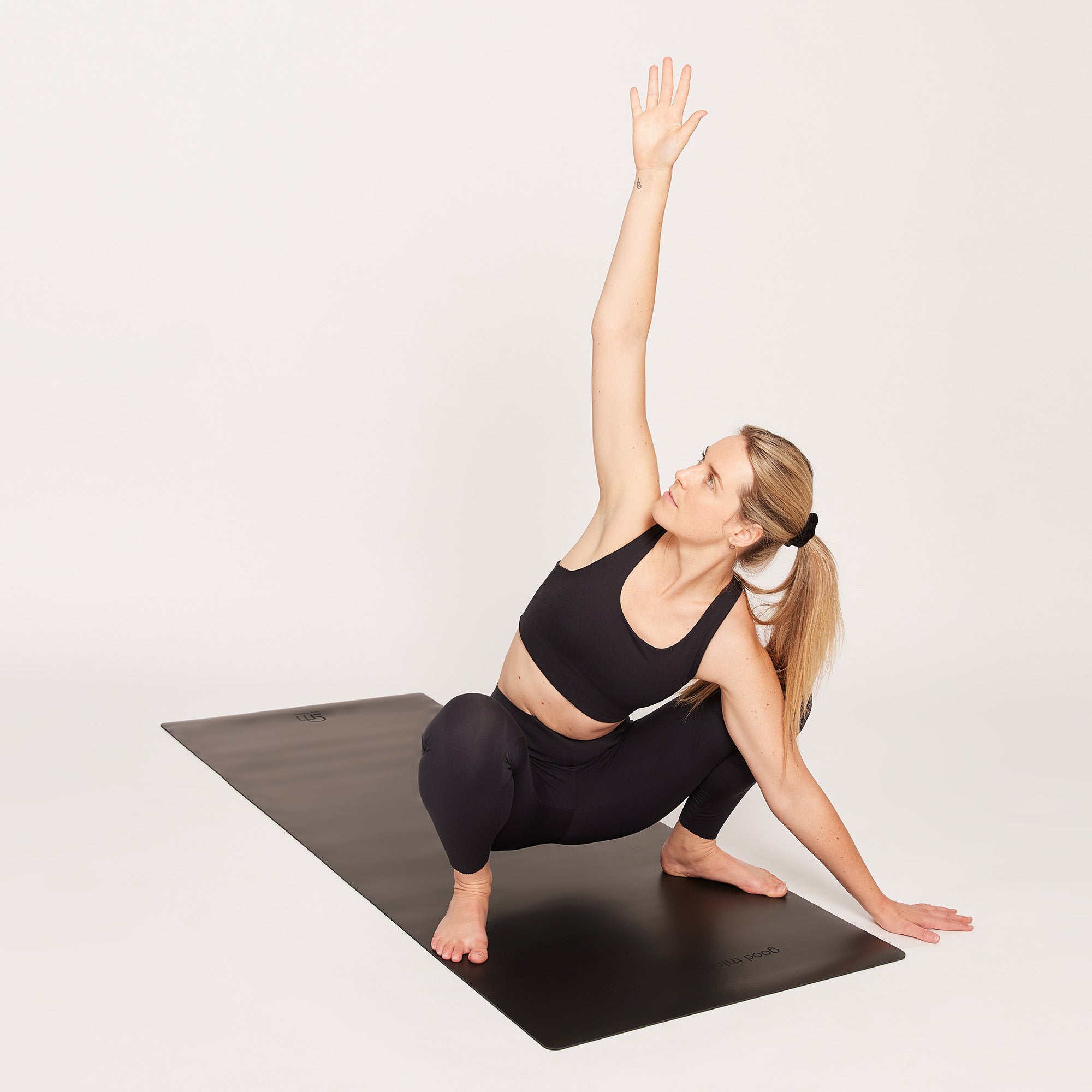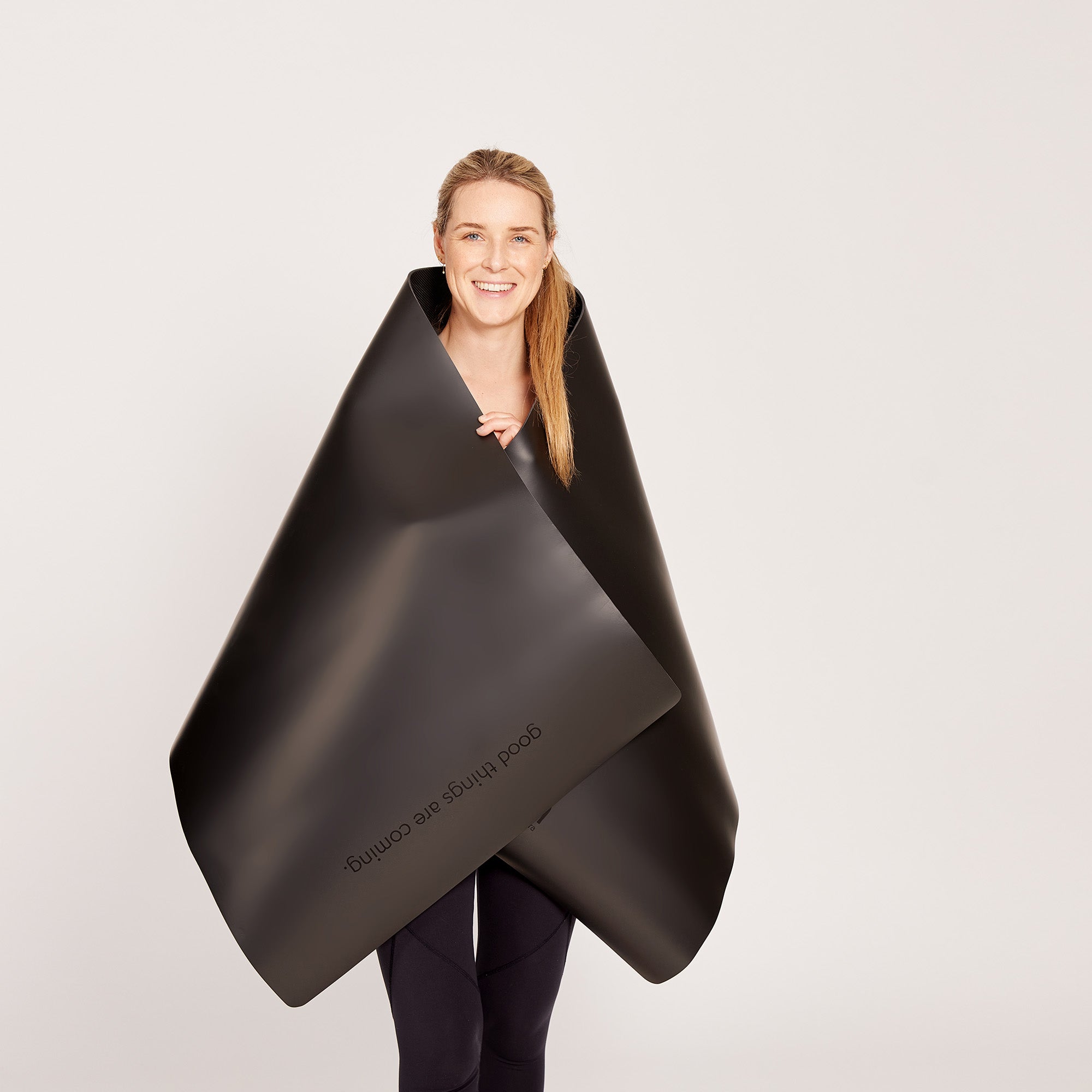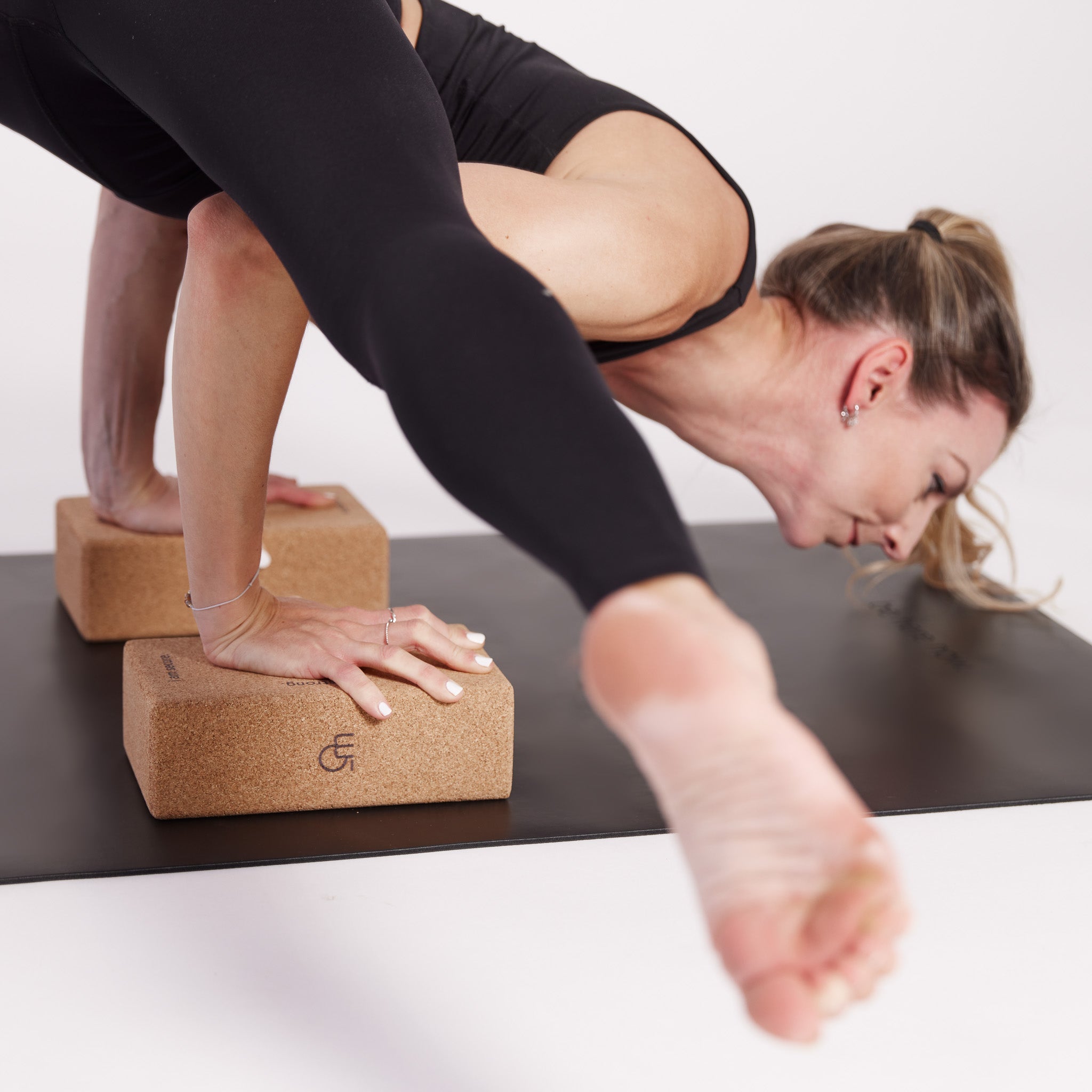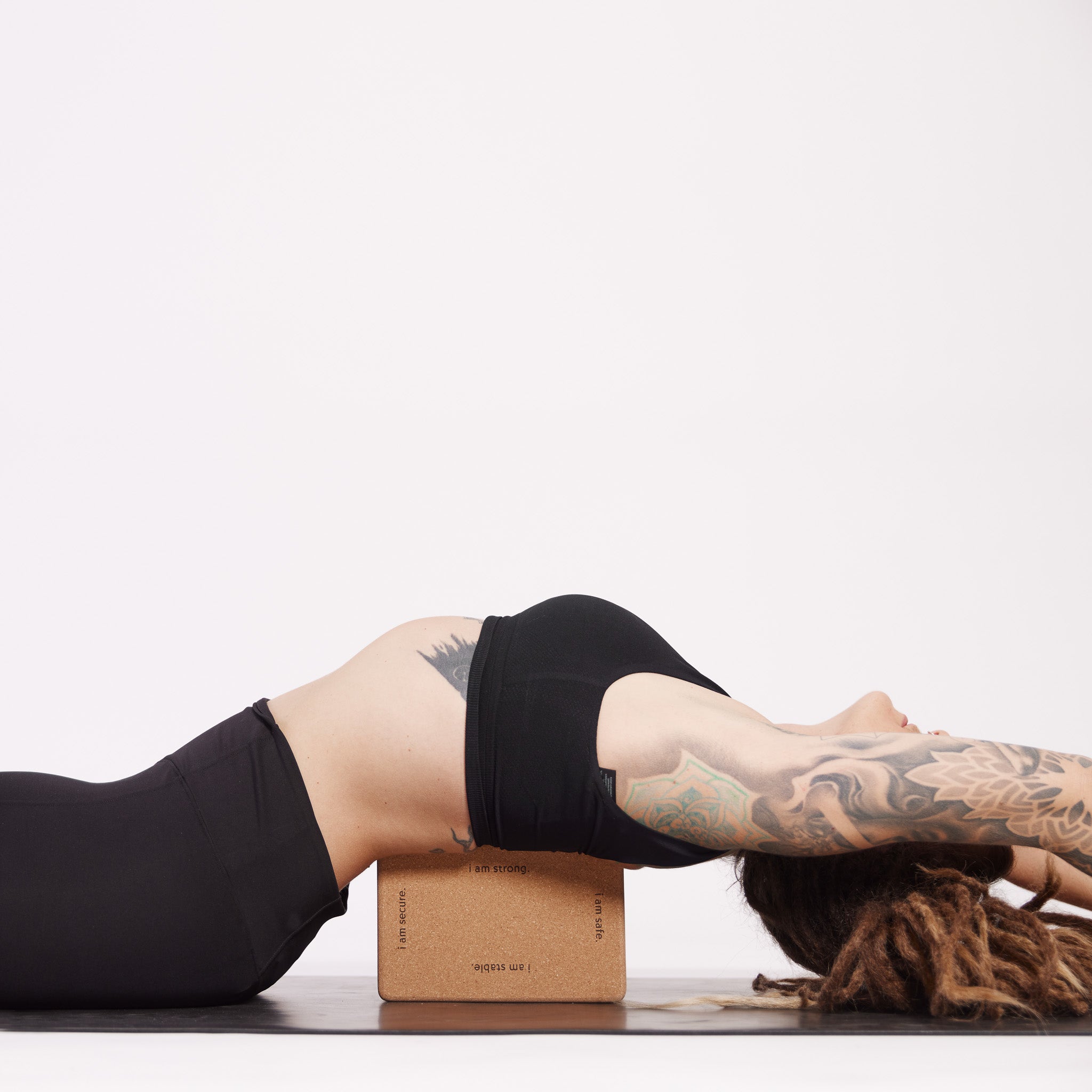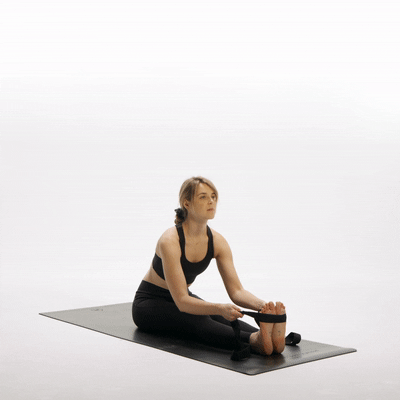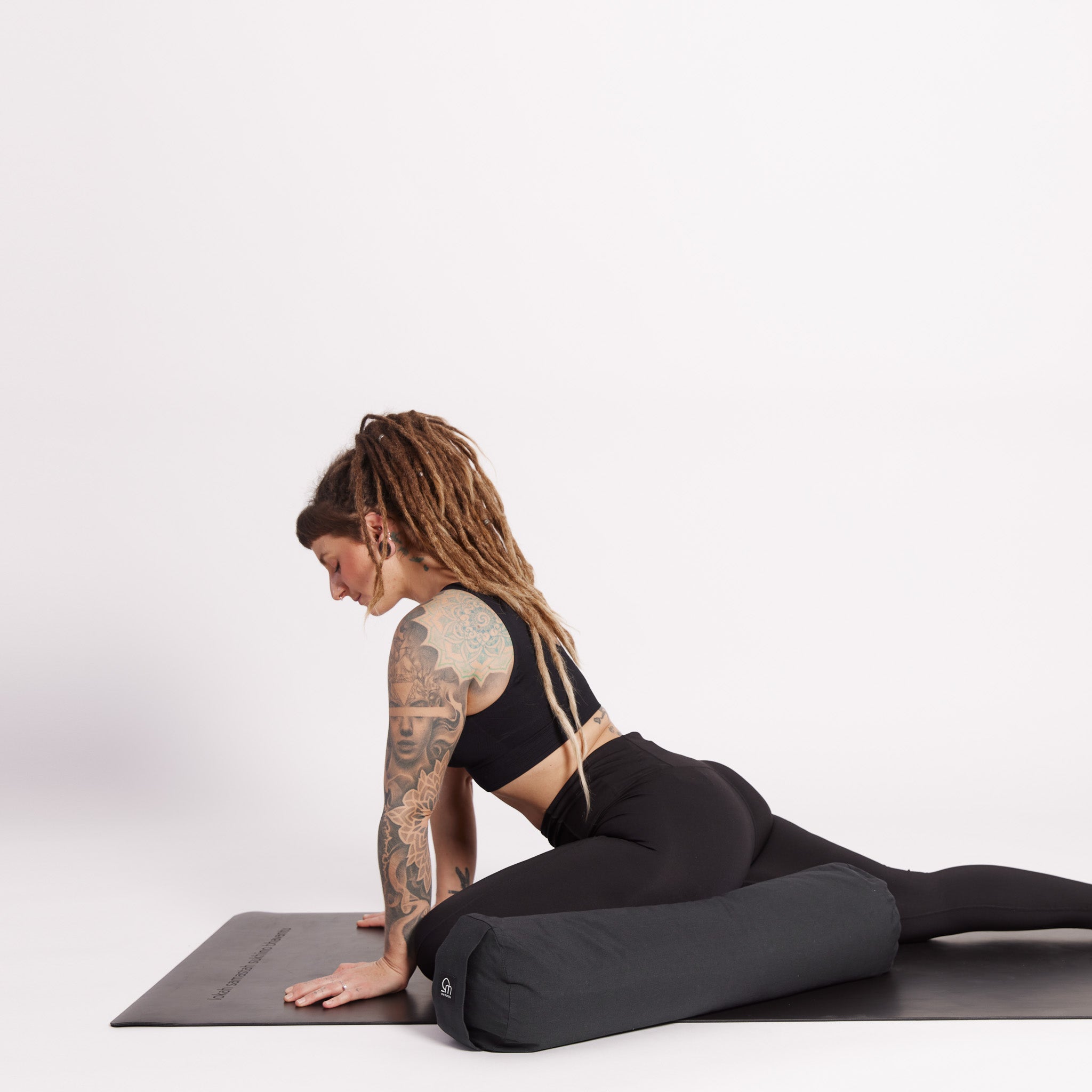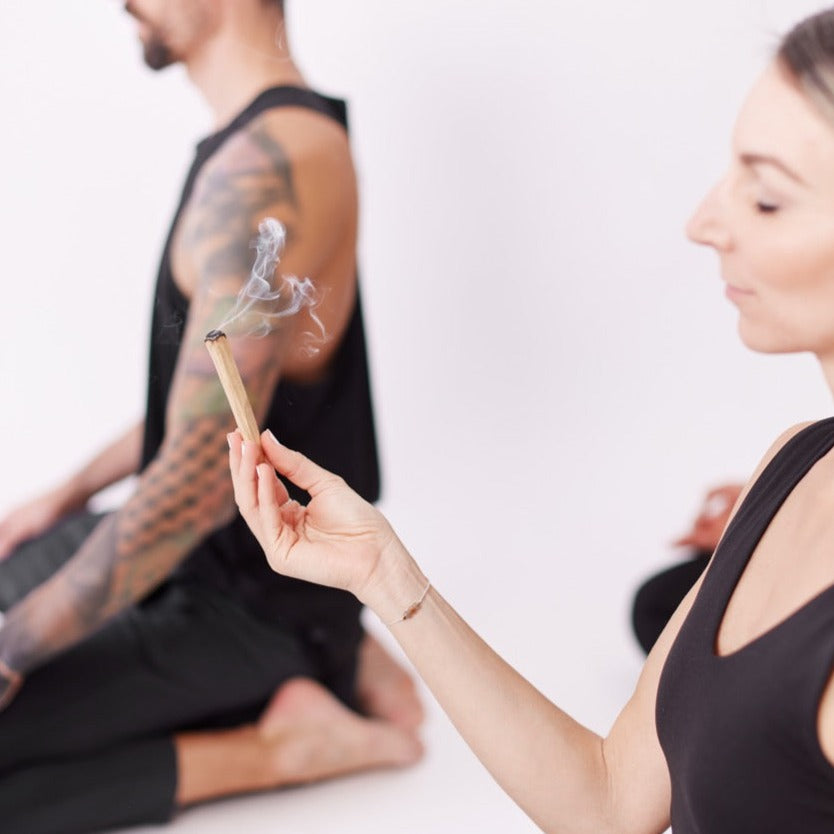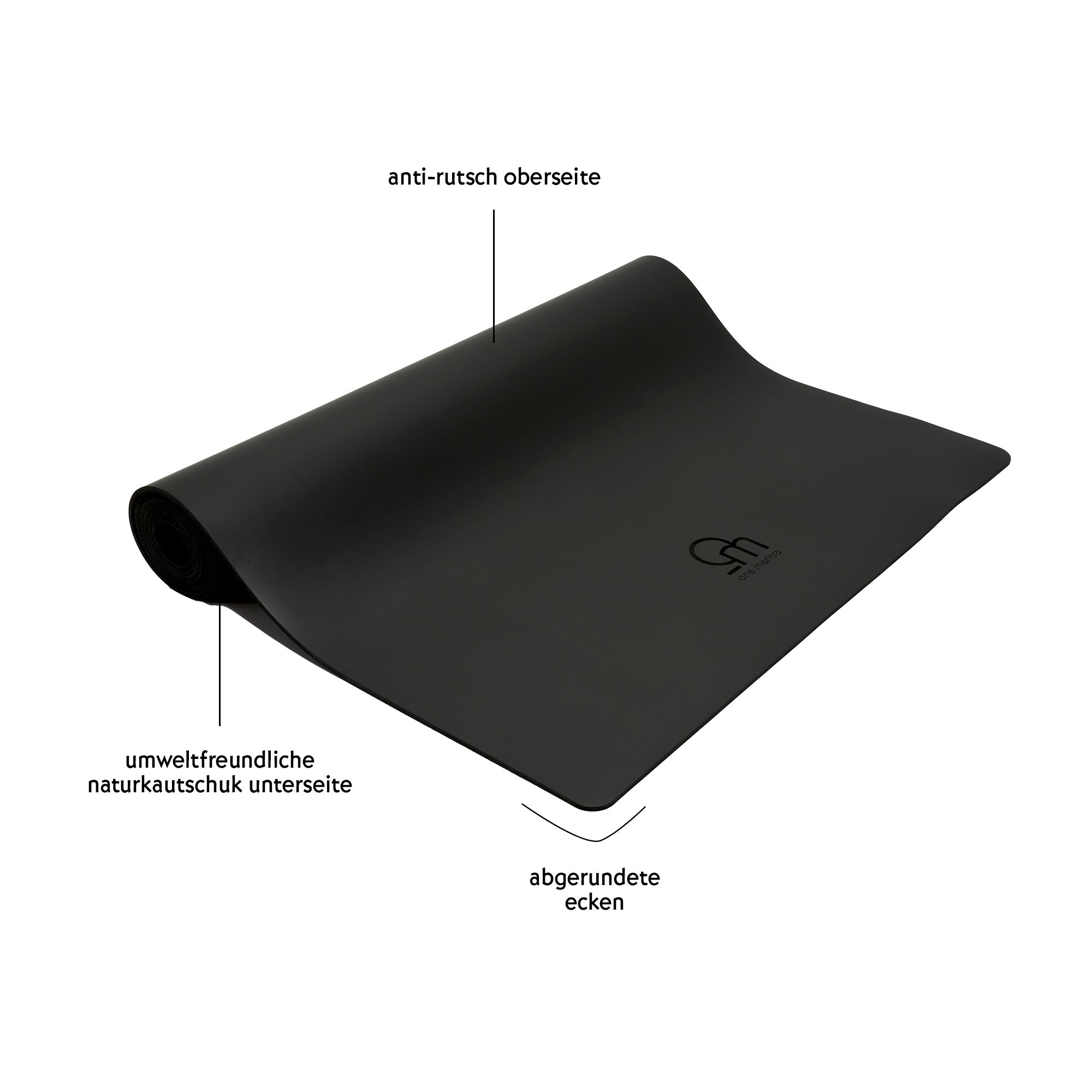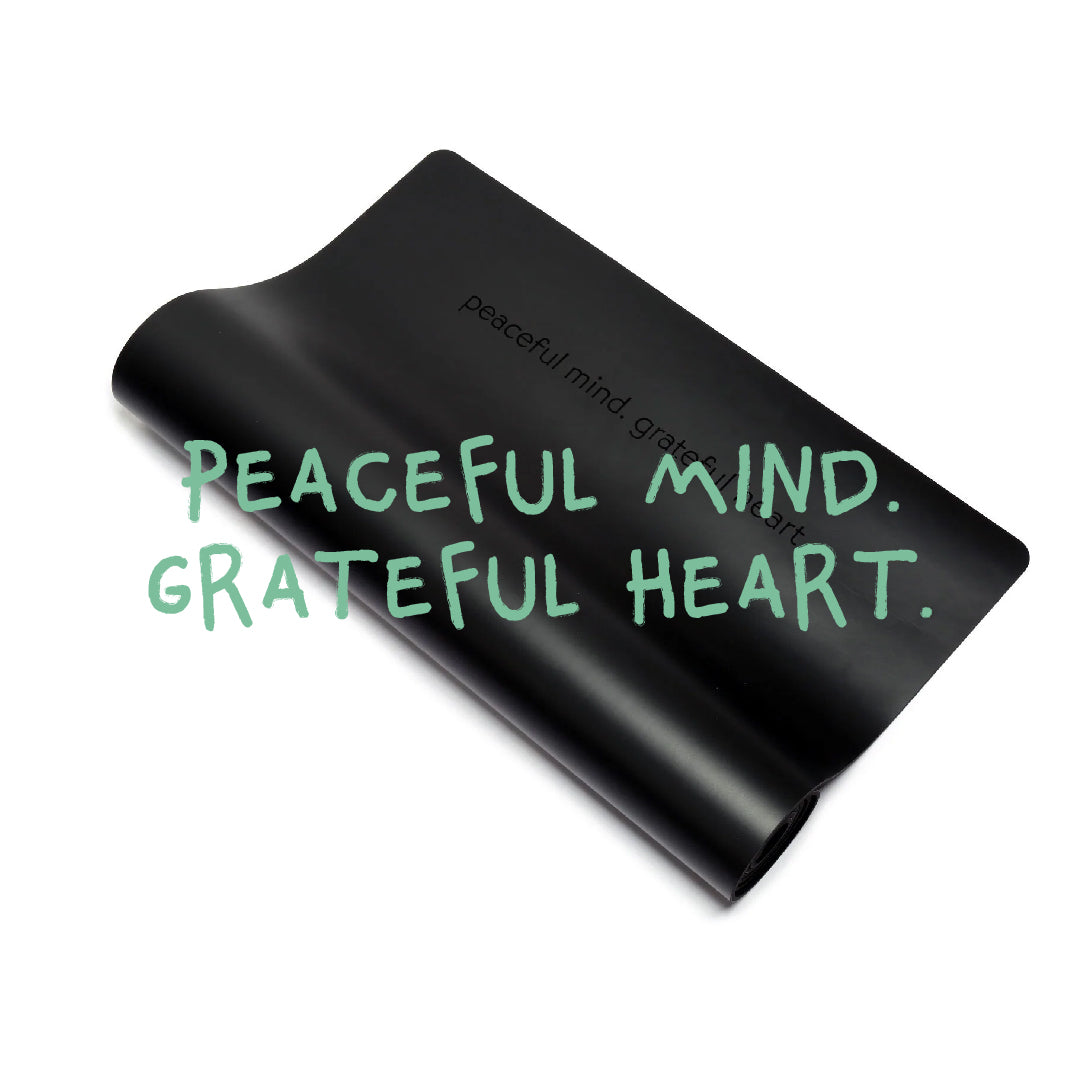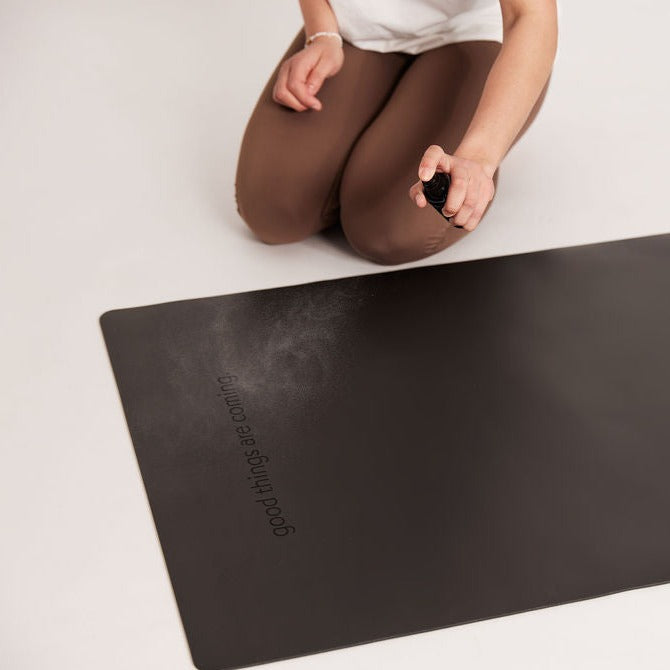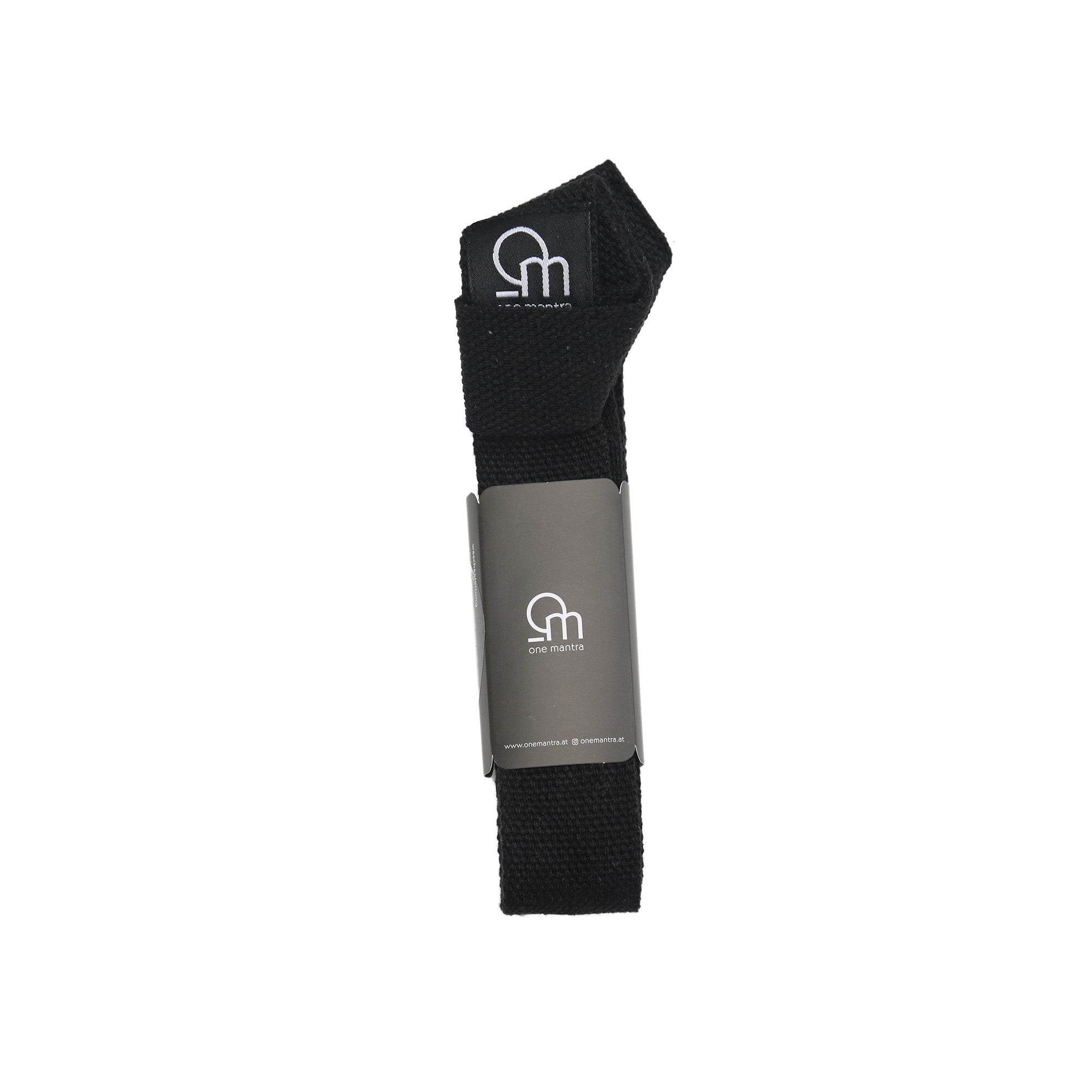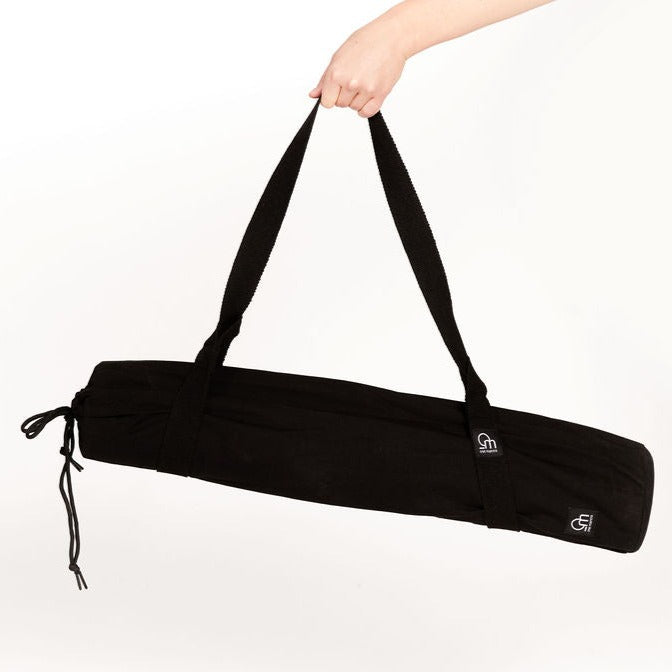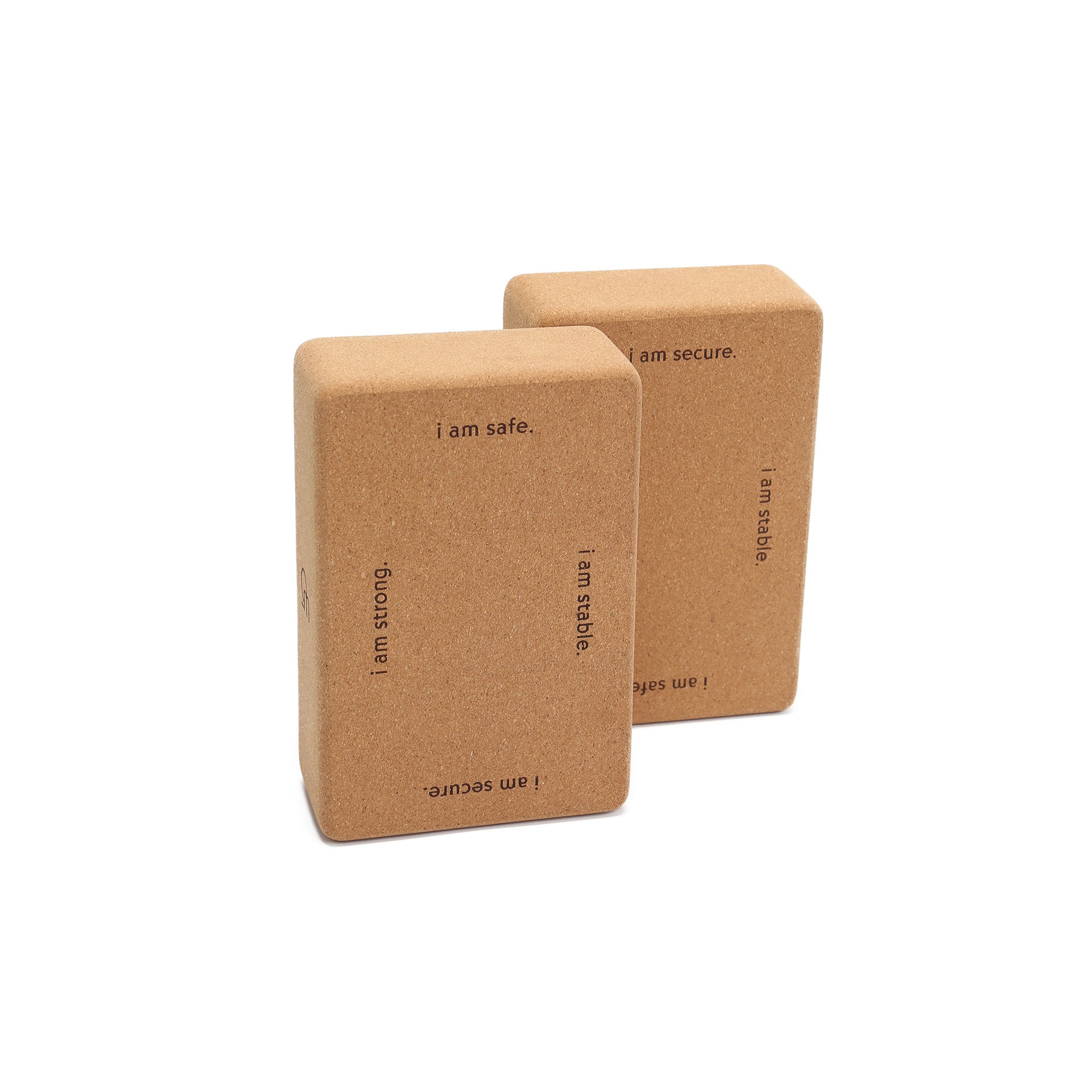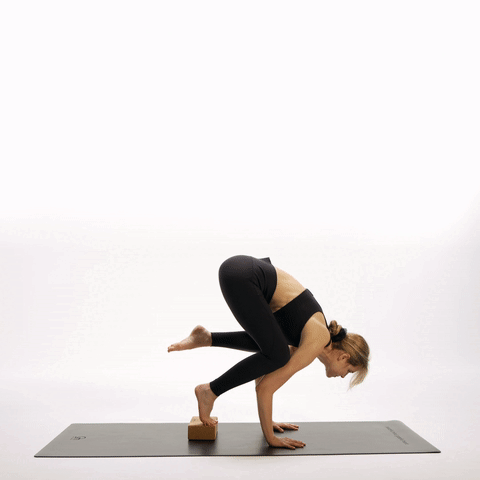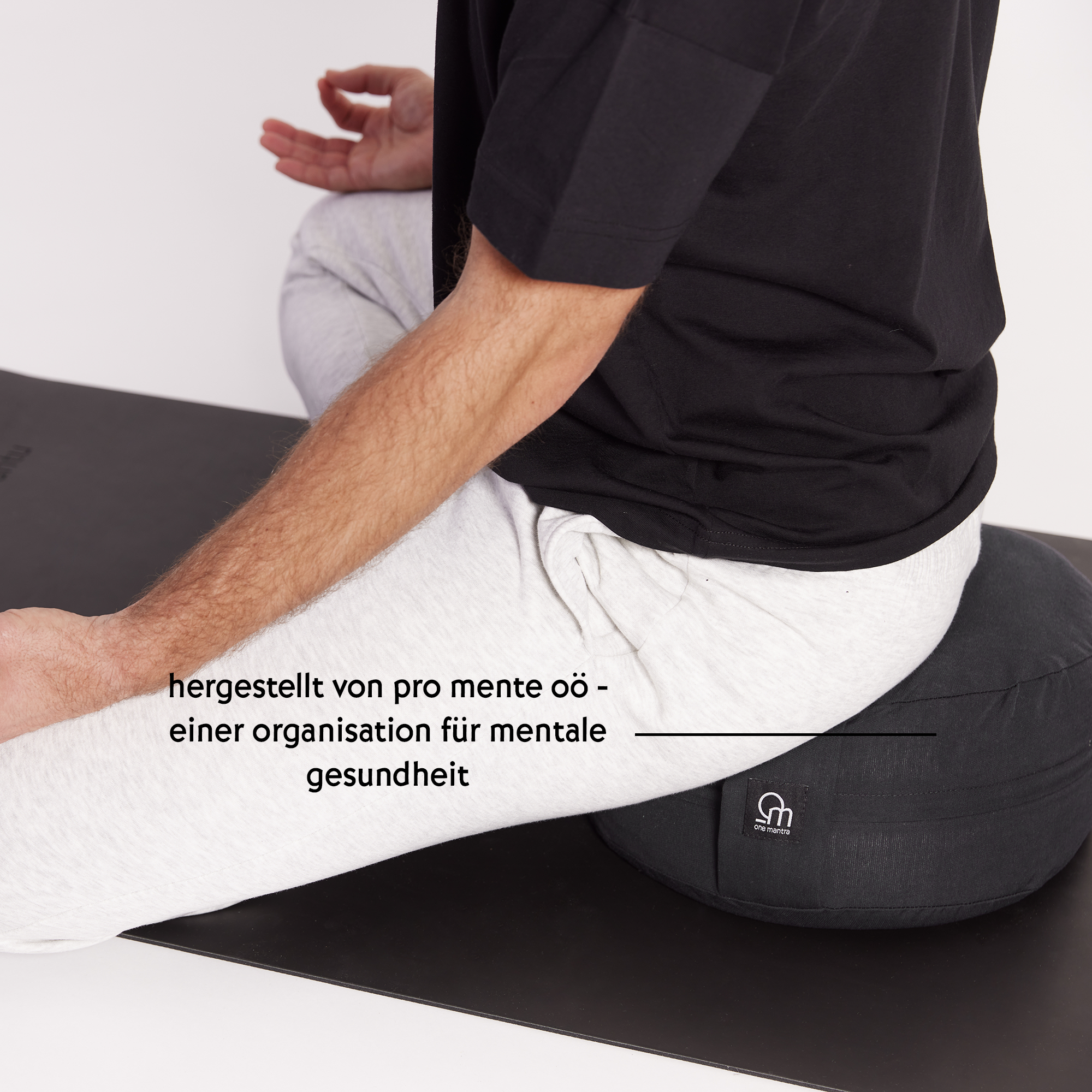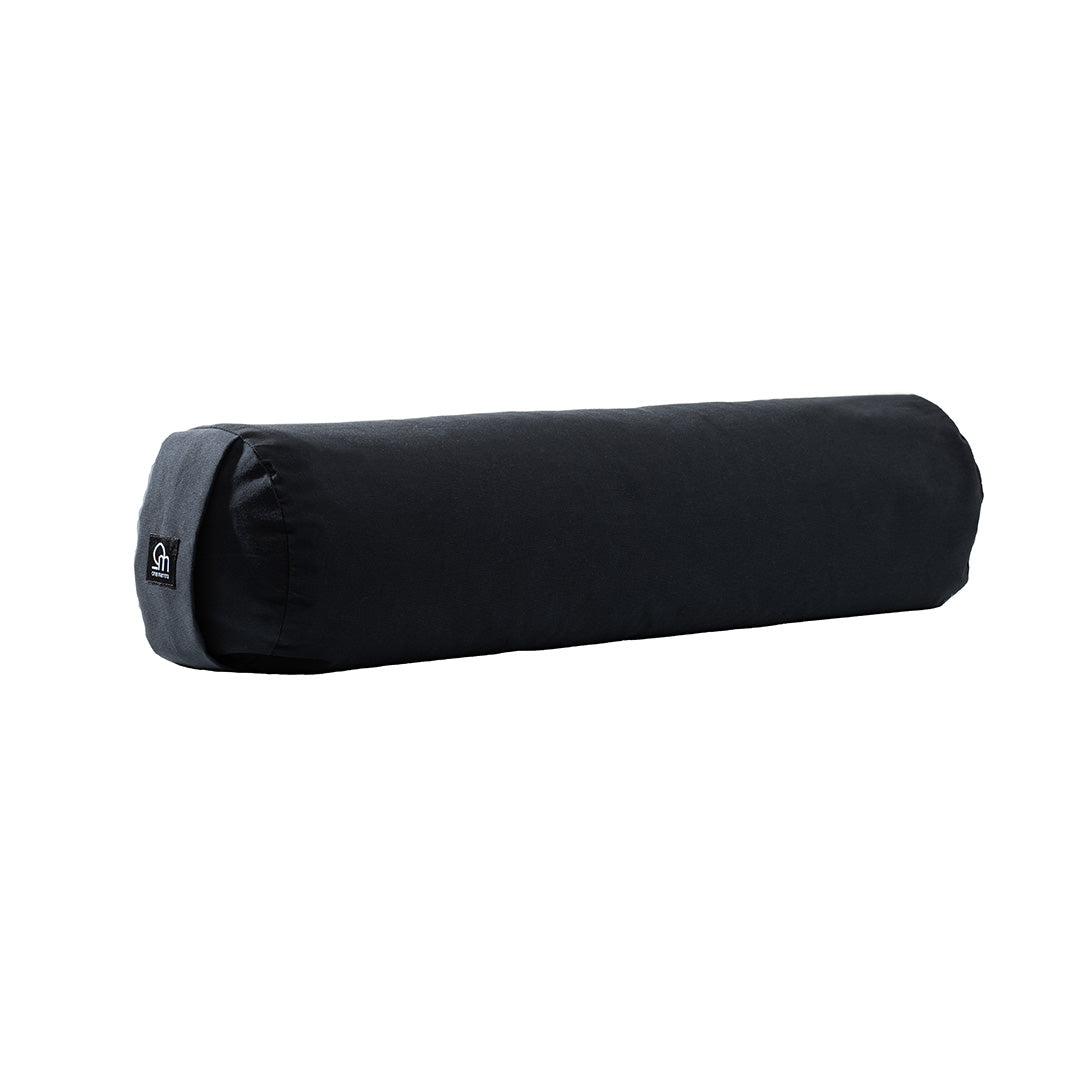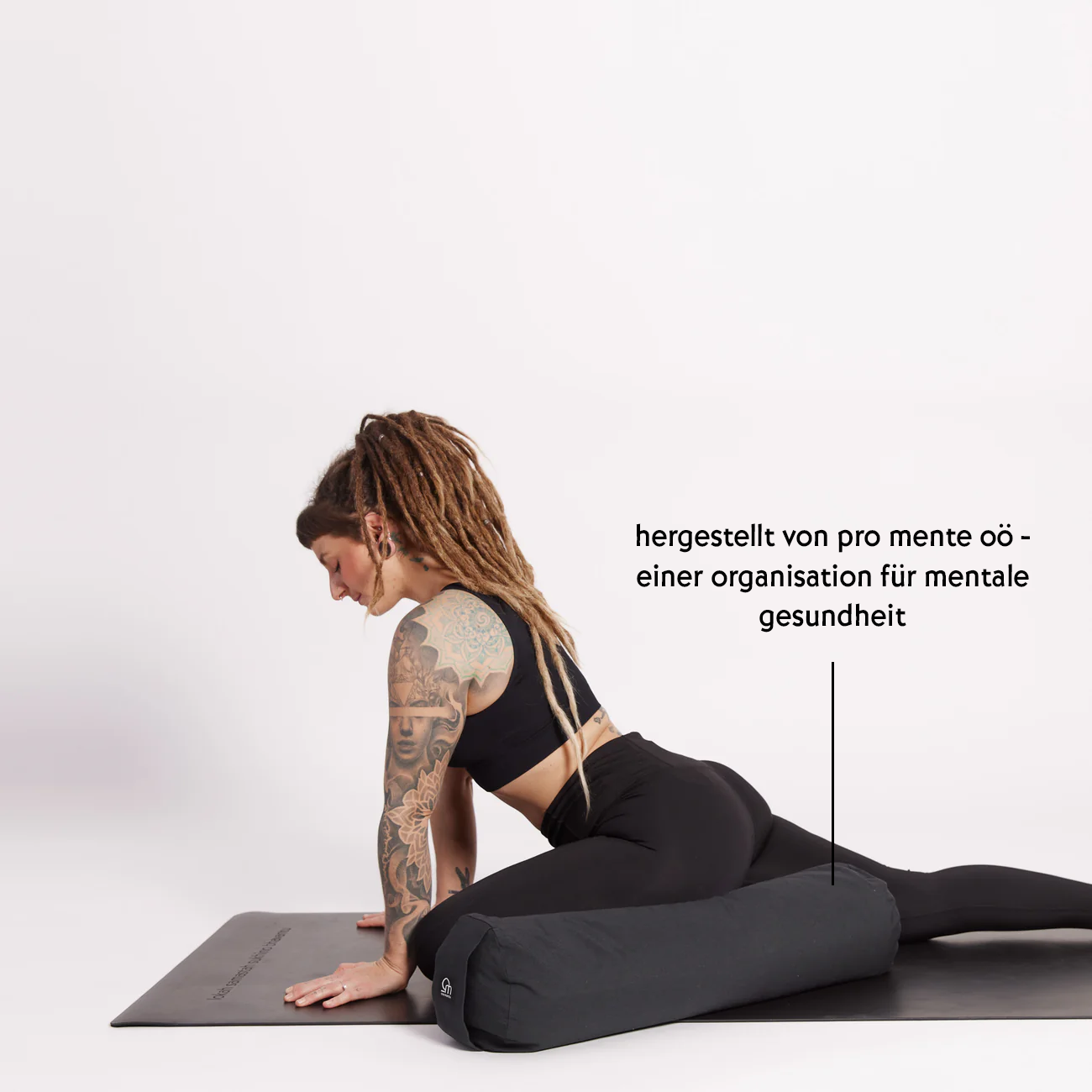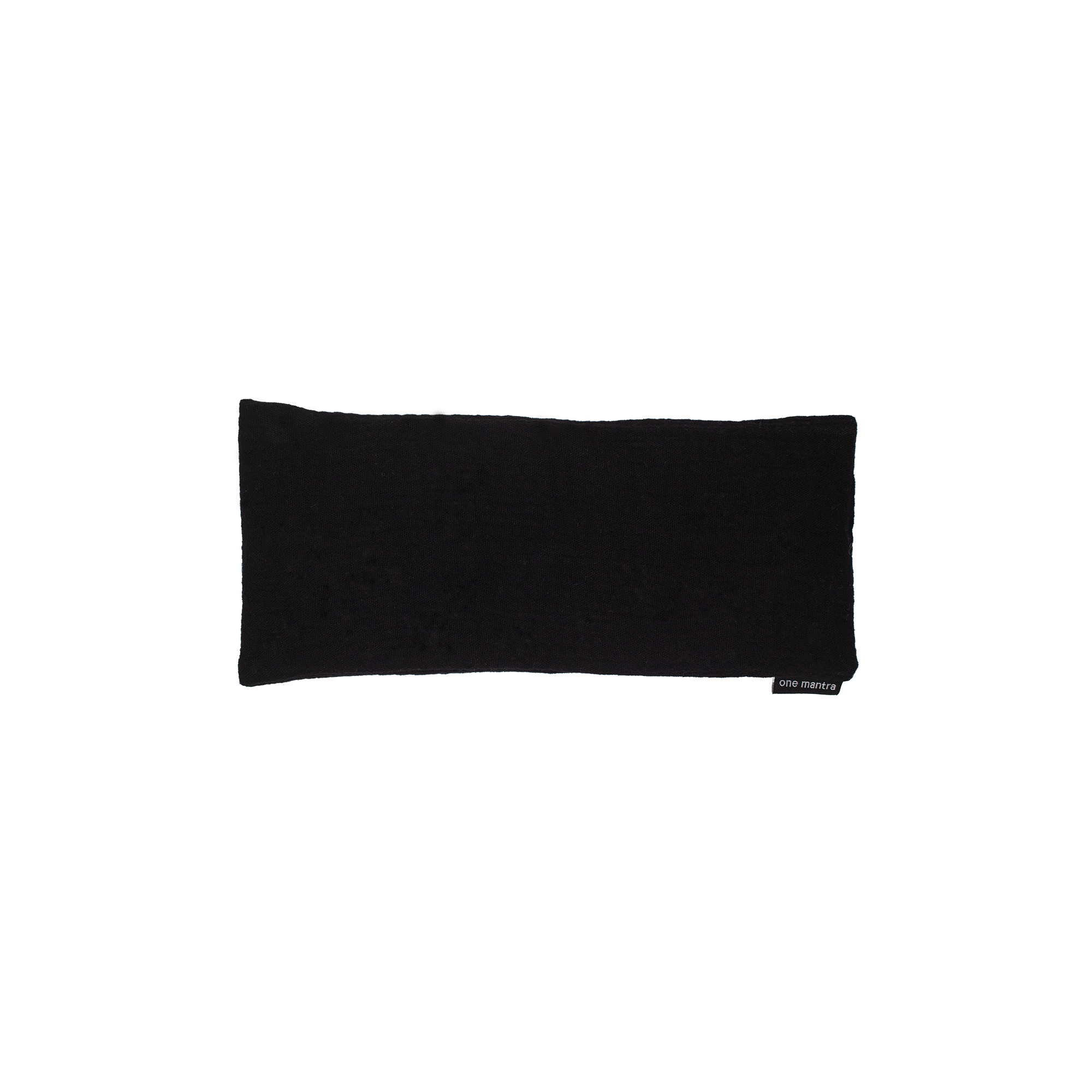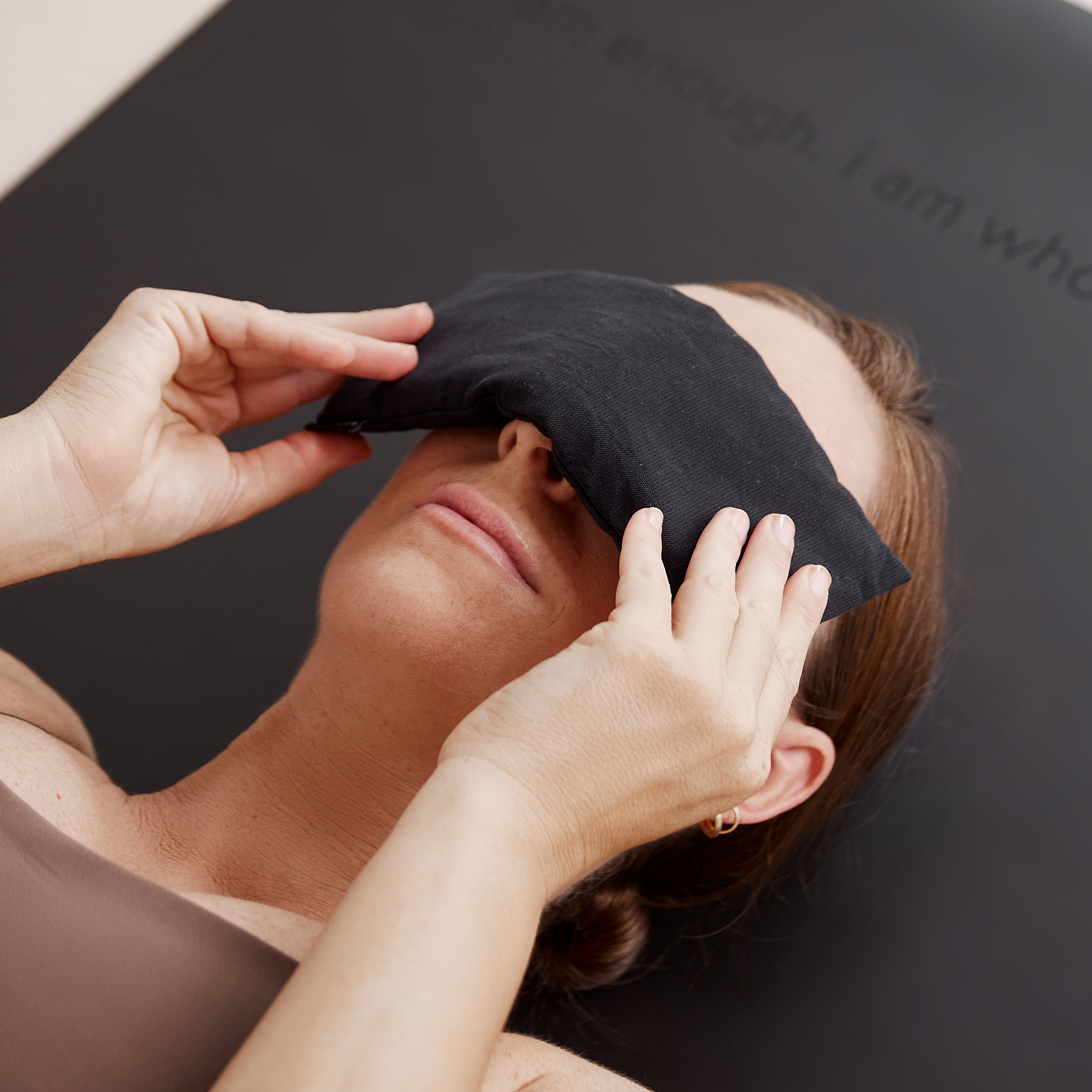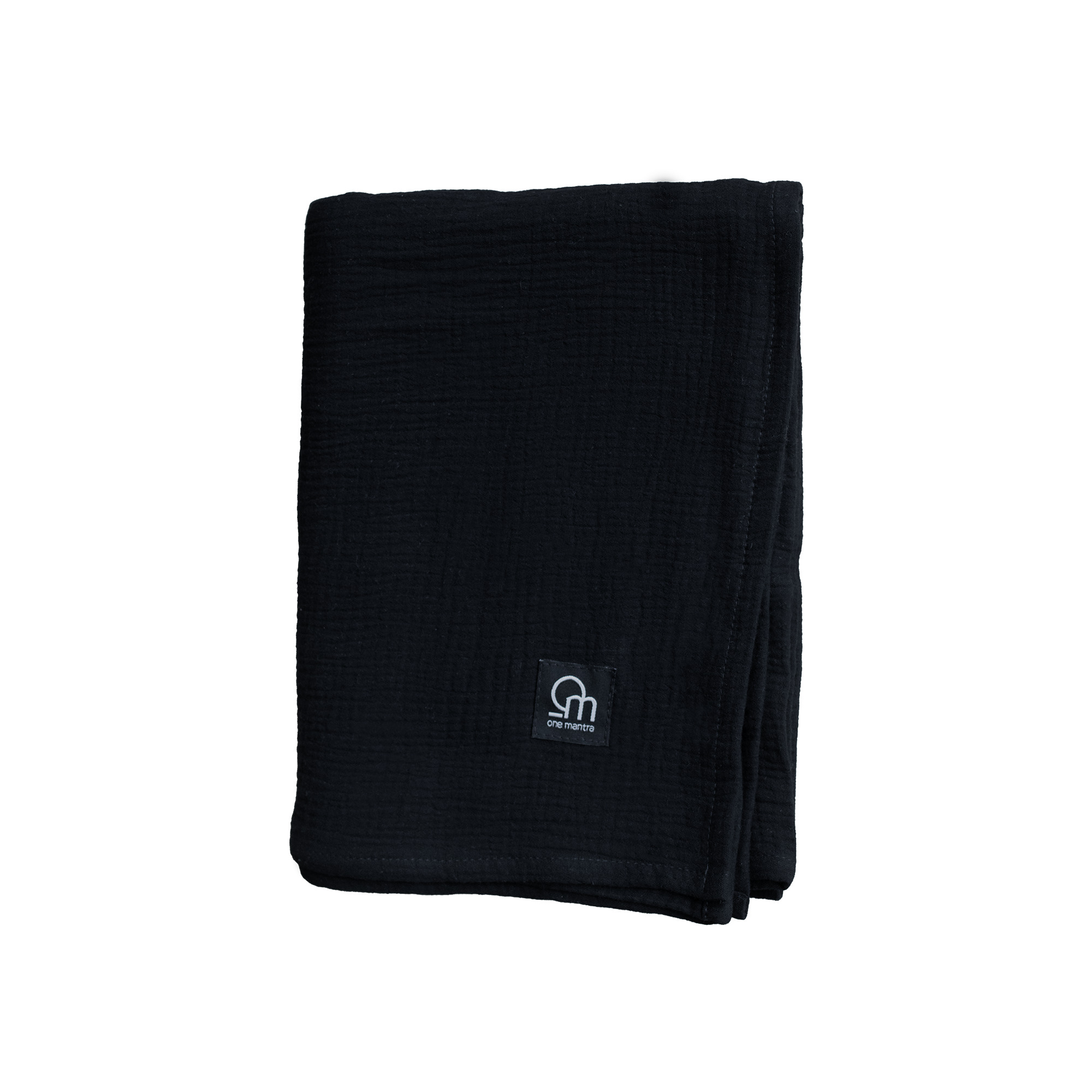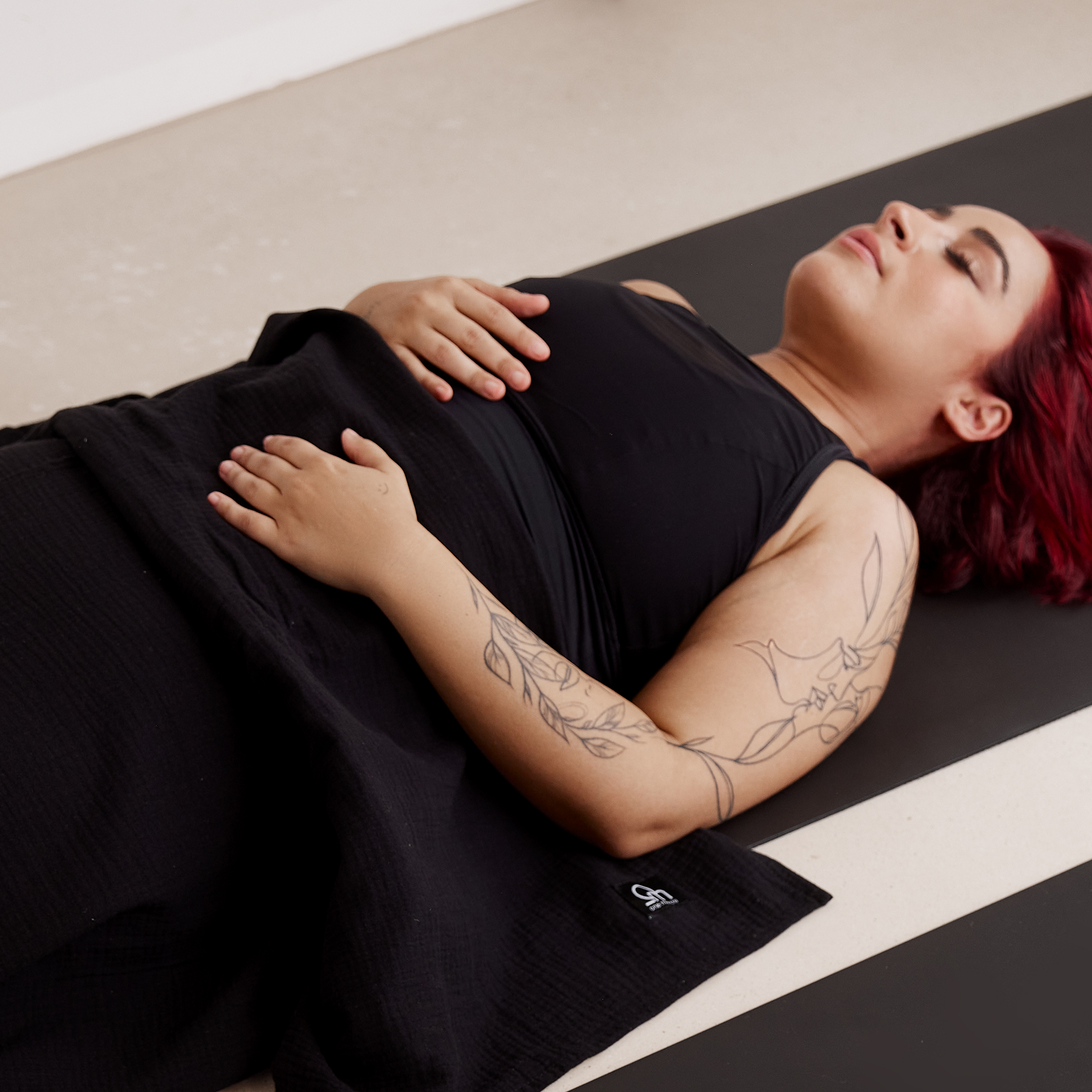Cycle-oriented yoga, also known as hormone yoga or cycle-based yoga, is gaining increasing attention, and for good reason: More and more menstruating people no longer want to ignore their cycles but want to actively integrate them into their daily lives—even on the yoga mat.
The following blog post covers these topics:
- Why cycle-oriented yoga is so valuable
- The four cycle phases and how you can accompany them with yoga
- Why cyclical yoga is more than just a trend
- Three soothing yoga exercises for menstrual pain
- Conclusion: your cycle is not an obstacle, but a rhythm
- The most frequently asked questions about yoga and the cycle
Why cycle-oriented yoga is so valuable
Instead of fighting hormonal fluctuations, cyclical yoga invites you to consciously perceive your energy phases and adjust your practice accordingly. Each phase of your cycle brings with it different needs, feelings, and physical requirements. Cycle-oriented yoga supports you in not only accepting these natural changes but also actively integrating them into your movement practice. Whether powerful and dynamic during the ovulation phase or gentle and regenerative during menstruation, your yoga practice can be flexible. The goal? More balance, less pressure, and a better body awareness. You learn to listen to your body instead of controlling it, thus developing a deeper trust in your own inner wisdom.

The four cycle phases and how you can accompany them with yoga
Each phase of your menstrual cycle brings with it physical, emotional and energetic changes, and this is where yoga during the cycle comes in:
1. Menstruation (days 1–7)
Mantra: I withdraw to find myself. In silence, my strength grows.
Your body is doing great things right now, give yourself space for slow, mindful yoga or even just Savasana.
Recommended styles:
- Yin yoga
- Restorative Yoga
- Breathing exercises (e.g. gentle Nadi Shodhana)
Tip: Let go instead of pushing yourself. Your body knows what it needs.
2. Follicular phase (days 1–14)
Mantra: With every breath, I invite new strength into my life. I am open to fresh energy and clear alignment.
Your energy level rises, the perfect time for more active yoga sequences that connect you with your body.
Recommended styles:
- Vinyasa Flow
- Hatha Yoga with a focus on heart openers & twists
- Core strengthening
Tip: Start new projects – even on the mat.
3. Ovulation (approx. day 14)
Mantra: The power within me is limitless. I stand strong, clear, and unstoppable.
You feel strong, clear, and open. This energy is wonderful to bring into your practice.
Recommended styles:
- Dynamic Vinyasa
- Partner or community yoga
- Heart-opening sequences
Tip: Use this phase for more challenging asanas – if it feels right.
4. Luteal phase (days 14–28)
Mantra: I can be still. I can simply be.
Here the energy slowly drops again and you can withdraw.
Recommended styles:
- Gentle Hatha Yoga
- Meditation & Journaling on the Mat
- Grounding asanas such as forward bends and hip openers
Tip: Don’t be afraid of breaks, they are part of your power.

Why cyclical yoga is more than a trend
Cycle-focused yoga isn't a rigid method—it's an invitation to bring more self-care and body awareness into your everyday life. Integrating your menstrual cycle into your yoga practice not only creates greater physical balance, but also emotional clarity and inner strength.
Three soothing yoga exercises for menstrual pain
Gentle, restorative postures can help relieve cramps and relax the lower back during menstruation.
- Supta Baddha Konasana (Reclining Butterfly with Bolster): Place a yoga bolster lengthwise on your mat and sit with your lower back close to it. Gently lean back, keeping your feet together and letting your knees sink outward in a relaxed manner. Support your knees with blocks or pillows if needed. This pose gently opens the groin, relieves pressure on the abdomen, and calms the nervous system.
- Balasana (Child's Pose): Knees slightly open, forehead on the floor, arms forward or at your sides. This position gently stretches the lower back and provides a sense of security.
- Supta Matsyendrasana (Reclining Twist): Lie on your back, draw both knees toward your chest, and gently lower them to the right side, turning your head to the left. This gentle twist can release tension in your back and abdominal area.
Conclusion: Your cycle is not an obstacle, but a rhythm
Yoga helps you manage your cycle better, not only physically but also mentally and emotionally. Cycle-conscious yoga is a game changer—not because you train harder, but because you live more consciously.
The most frequently asked questions about yoga and the cycle
1. What exactly is cycle-oriented yoga?
Cycle-oriented yoga adapts yoga practice to the four phases of the menstrual cycle. The goal is to support the body in its natural hormonal fluctuations rather than ignoring them. Each phase brings with it different needs – and yoga can help you better recognize and respect these.
2. Is hormone yoga the same as cycle-oriented yoga?
Not quite. Hormone yoga is a special method (e.g., according to Dinah Rodrigues) that is intended to specifically stimulate the hormonal system – often used to treat symptoms such as PMS, irregular cycles, or menopause. Cycle-oriented yoga, on the other hand, is based on the energy phases of the menstrual cycle and can be beneficial even without specific symptoms.
3. Can I do yoga during my period – or should I not?
Yes, you can—but you don't have to. Many menstruating people find gentle yoga beneficial during their period, especially for cramps or back pain. Important: Avoid inversions (e.g., shoulder stand) if they don't feel right. Listen to your body—it knows what you need.
4. How do I find out which phase of my cycle I am currently in?
The easiest way is to track your cycle for a few months—using an app or a traditional calendar. Physical signs like energy levels, mood, sleep, or skin can also provide clues. The better you know your rhythm, the easier it will be to adapt your yoga practice to it.
5. Is cycle-oriented yoga also suitable for people with irregular cycles?
Absolutely. Especially if your cycle is irregular, yoga can help you regulate your body and get to know it better. For example, you can orient yourself to your energy levels or align your practice with the lunar cycle (new moon = menstruation, full moon = ovulation).
6. Do I need a special yoga class for this?
Not necessarily. Once you know the phases, you can also practice flexibly on your own—for example, with YouTube videos or your own routine. Of course, there are also special courses or workshops on cycle-oriented yoga where you can delve deeper.

